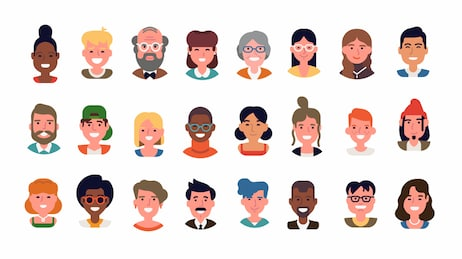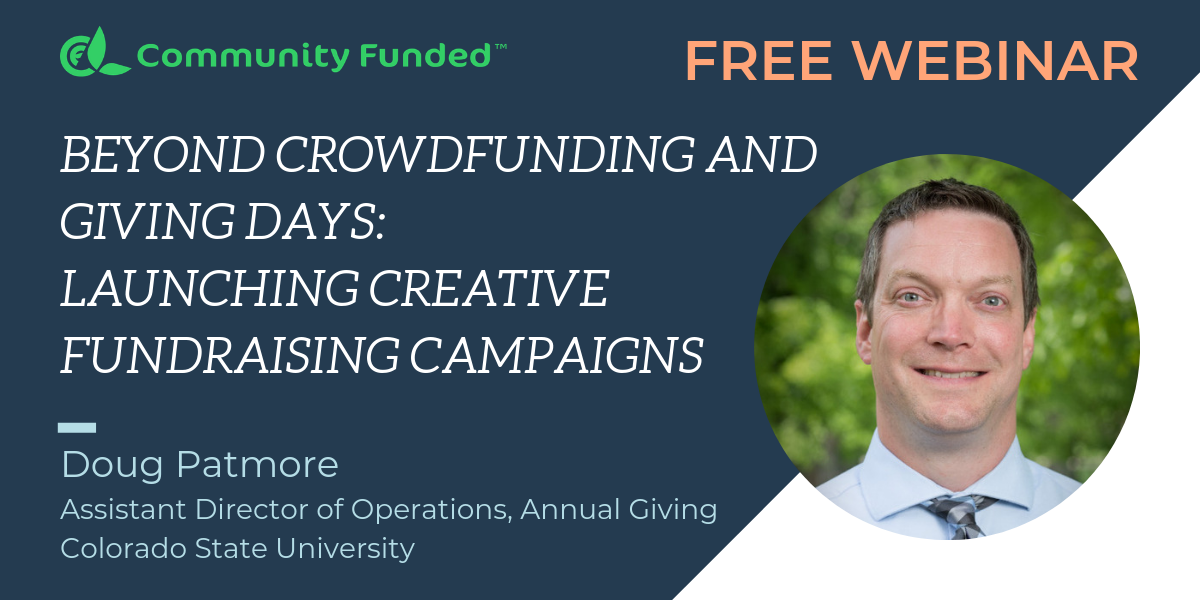min read

Peer-to-peer fundraising is an effective way to engage supporters to raise funds from their networks on your nonprofit’s behalf. It allows you to reach far more donors than you would otherwise.
But what do you do when your peer-to-peer fundraising results start to fall short of your goals? Or, when you want to get ahead to make sure they don’t start to drop off in the first place?
Taking time to gather, analyze, and use data from your past
campaigns or events can help you uncover trends and find new opportunities to
improve your peer-to-peer fundraising results.
Prioritizing System Integration

To effectively analyze and use data to improve your peer-to-peer fundraising program, you need to be able to gather and access the data in the first place. Getting an overall picture of how your constituents interact with your organization and how your organization interacts with your constituents is vitally important to the success of your peer-to-peer fundraising campaigns. So it’s important that your peer-to-peer fundraising software platform shares data with your constituent relationship management (CRM) system.
If your peer-to-peer platform doesn’t integrate with your CRM system, it’s time to integrate them or move to an all-in-one fundraising software solution.
Put Your Data to Good Use

Once you have access to a complete picture of your constituent data, it’s time to put your data to use. Here are some ways you can use your data to boost your peer-to-peer fundraising results:
Time your recruiting.
Dig into past years’ campaign or event data and find out when your top performers registered. While it’s usually a good idea to open registration as early as possible, consider focusing your recruitment around the time when your biggest supporters typically register so you can use their enthusiasm as a launching point.
Focus your efforts.
If possible, use source codes in your digital recruitment efforts so you can attribute registrants to specific marketing channels. This will help you determine which strategies are worth keeping (and even putting more resources toward), and which aren’t.
Make recruiting more personal.
Use data from previous campaigns or events to add personalized messages to your recruiting emails that tap into the loyalty of past participants. For example, look up previous years’ results, and add a note to your recruiting email, such as:
- “Thank you for being one of our top 50 fundraisers last year.”
- “Thank you for raising $X last year.”
- “Last year you ran X:XX in our 5K and took Xth place. Are you ready to do it again?”
Make your campaigns more compelling.
You may already include basic messages about past campaigns in your recruiting emails, such as “Last year, we had X participants and raised $X.” Now consider adding more compelling data from your past campaign to motivate more people to participate and raise even more funds. For example, “Last year we raised $X million dollars. With that money we were able to fund XX research grants. So far, those grants have produced XXX hours in the lab, which resulted in X new clinical trials set to launch in Q1 2019.”
Motivate participants to raise more.
Once someone has registered, use data to personalize their experience and improve the likelihood that they’ll fundraise. For example, team captains often are more engaged than other participants, so use your data to segment them and communicate with them in special ways, such as a phone call or personal email. Consider also asking them to help in other ways, such as recruiting more participants.
Re-think your fundraising incentive levels.
If you have fundraising incentives or use milestone badges, look up your levels to see how many participants are reaching them. If you find that many people are falling short of your lowest tier, you might want to lower it or test more effective communications to encourage participants to reach the goals. Alternatively, if too many people are quickly reaching your lowest tier, consider raising it.
These are just a few ways to boost your peer-to-peer fundraising results. If you need more help, check out our affordable services to help you raise more funds and spread the word about your mission.

by Mark Becker, Founding Partner, Cathexis Partners
For more than a decade, Mark has used his deep experience with many of the top online fundraising, peer-to-peer fundraising, CRM, CMS, and other software for nonprofits to help organizations get the most from their existing technology tools, implement new technology to address gaps, and find the best overall approach to using technology to support their missions.






